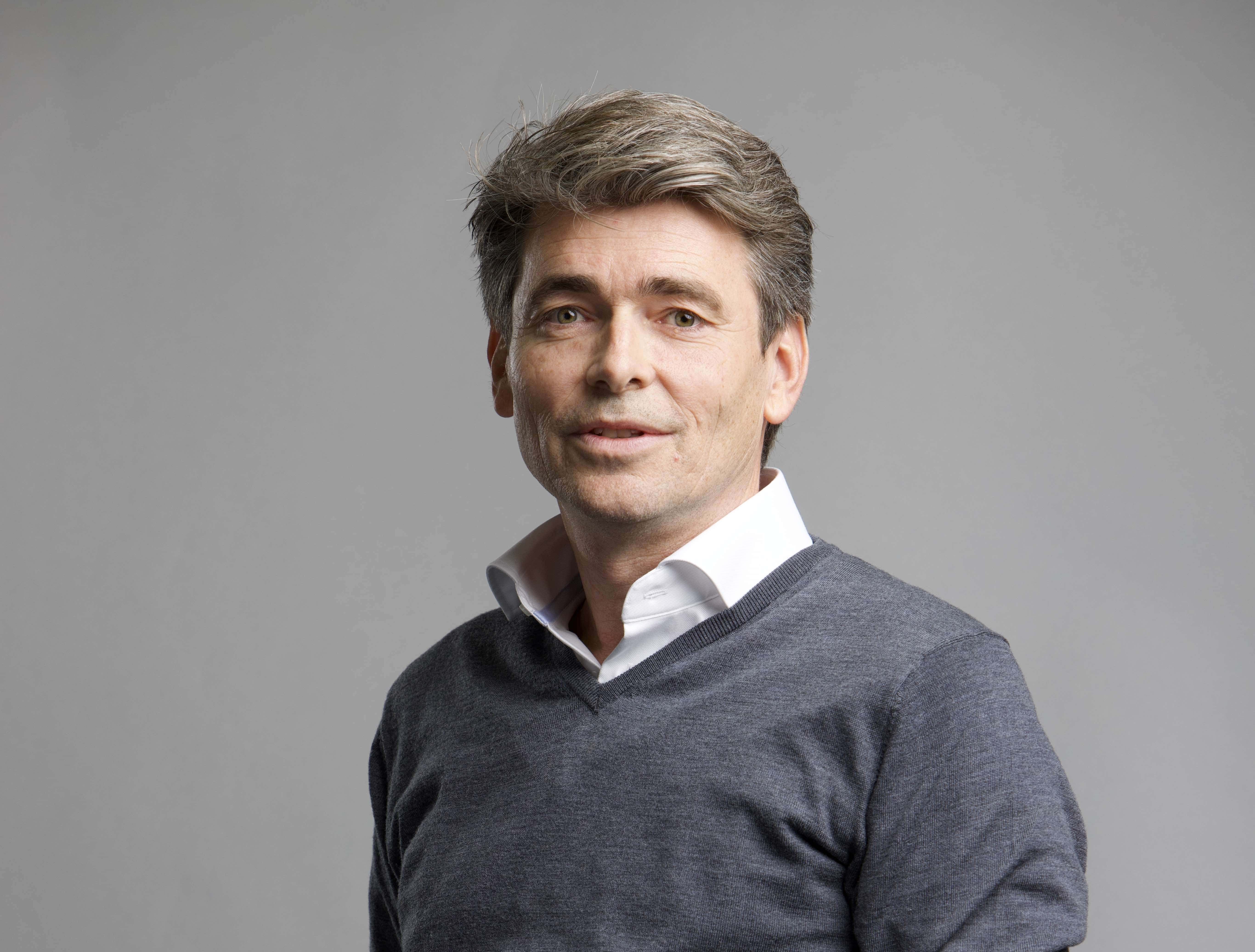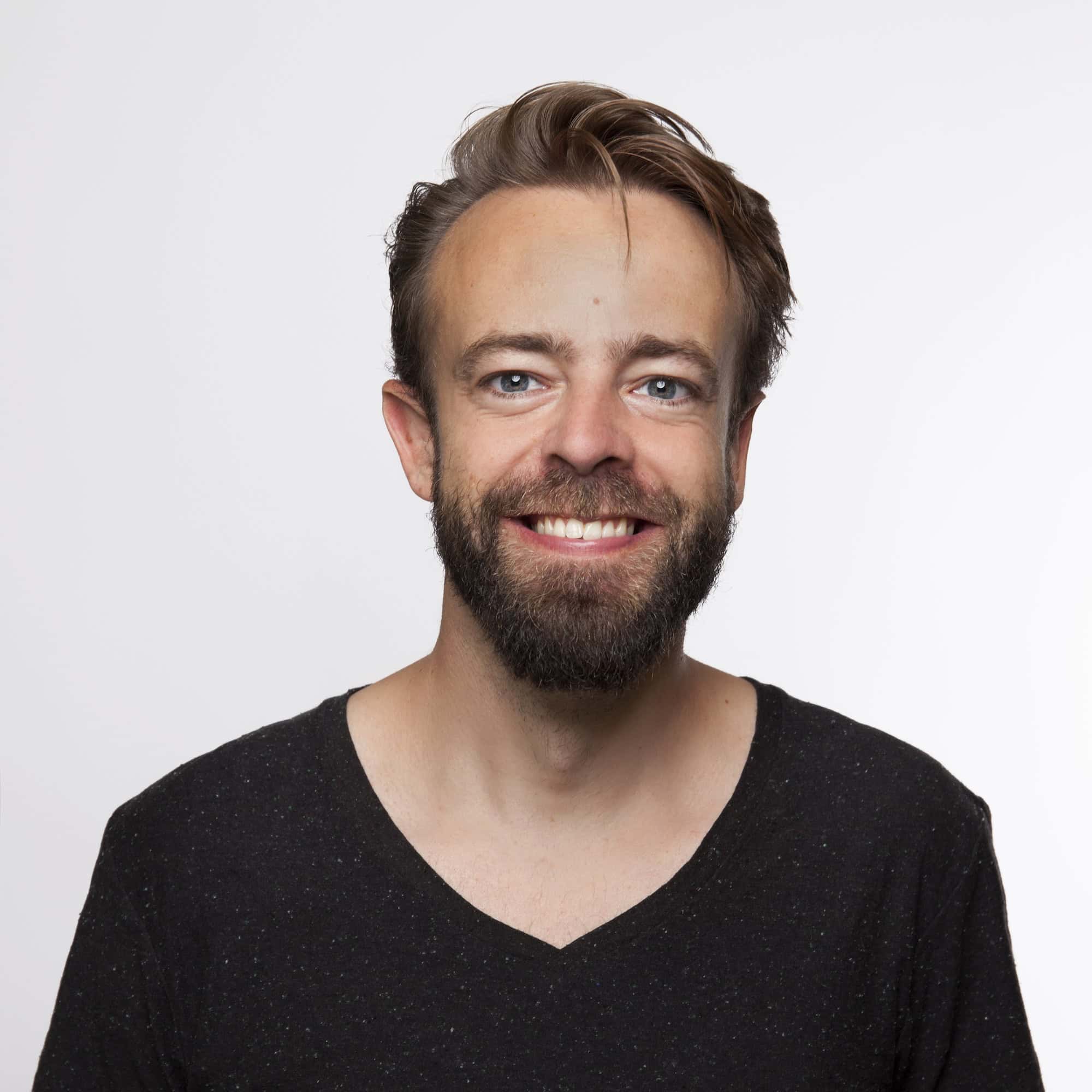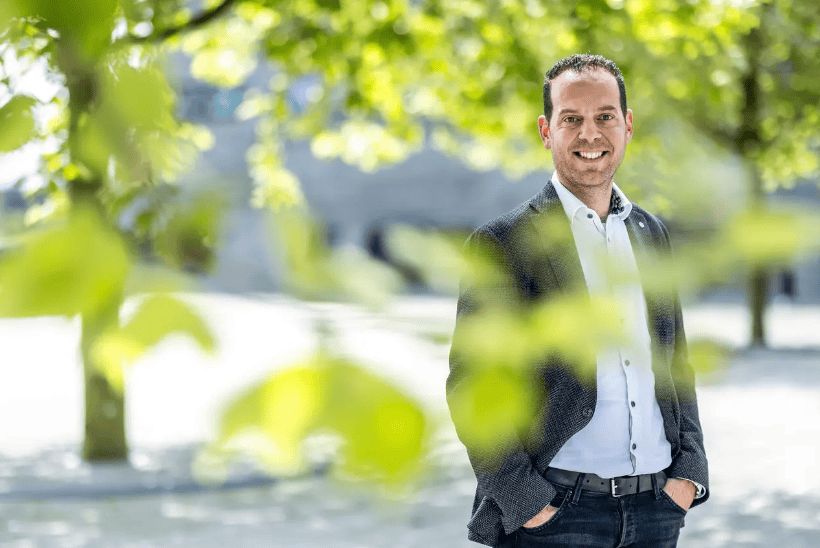
Startups cannot simply launch a medical product on the market. They need to have deep pockets and be as patient as a monk because studies are expensive and time-consuming. Depending on the product a medical startup wants to sell, it can take five to ten years before a technology or product can be sold. Many promising inventions or medical gadgets do not make it to the finish line. How can you stimulate medical innovation without ignoring rules and legislation?
Nine different partners from eight European Union countries try to find an answer to this question in the Interreg project Medtech4Europe. During the first study visit, the participants went to Maastricht to see what is happening there. The aim is to bring together the technical, medical and business world. Two more trips to other regions will follow later this year. The goal of the project is to learn from each other, to take over good things and to learn from mistakes made elsewhere.
The group with government representatives, entrepreneurs and knowledge workers learns about the way of working of the Brightlands Health Campus, where cooperation to bring knowledge to the market is essential. The group visits Scannexus, where researchers can take a deep look into the brain with strong MRI scanners. Then they see the latest developments in the field of regenerative medicine at MERLN, a research institute of Maastricht University. They also visit the Baken Research Center of Medtronic, where Medtronic conducts clinical trials. The day starts with a presentation by the Clinical Trial Center Maastricht (CTCM), where researchers and companies receive support on various aspects of research. From finding funding to the processing of results.
What is needed for a successful ecosystem?
After the tour, representatives of the regions exchange ideas about what an ecosystem needs to be successful. Also, they try to come up with new models that will stimulate innovation. During these discussions, almost everyone agrees that it is difficult to bring different worlds together. “Clinicians often sit in an ivory tower”, says Nihal Engin Vrana of Protip Medical from Strasbourg. His company produces oesophagus implants. “When a company goes to a hospital, a hospital often does not trust a commercial initiative. They are totally not open to innovation, which is largely due to the fact that it is risky for doctors to embrace new technology. How are we going to motivate surgeons to try this? Innovation is currently being thrown away.”
A solution could be to involve hospitals and doctors in new techniques or methods earlier. However, many new startups do not have these connections. “For large companies, this is not a problem, they have access to different parties and have experience in setting up clinical trials. Generally speaking, starters do not get to meet the doctors. They don’t know the routes”, adds Heikki Kallasvaara. Kallasvaara is an advisor to the Finnish region of Uusimaa, of which Helsinki is the capital. According to him, it would be a good idea to label academic hospitals and research facilities so that startups have more insight into where to go for intestinal research, for example. “The advantage of this is that it becomes more transparent. But how do you determine the requirements that a label should meet? And this still doesn’t solve the problem of funding and the lack of knowledge that startups have about regulations. Because there is quite a lot involved in setting up solid clinical studies.”
Danish example to learn from
To support startups in setting up a clinical trial, Denmark has Clinical Trials Denmark. Here, researchers or startups receive an answer within five days as to whether it makes sense to even start a study. And, if so, which hospitals or research centres are best suited for this. Divided over five different regions, they try to help startups with grant applications, contracts and potential investors. “We have a network throughout the country. Based on this we can estimate if an idea is promising enough and bring parties in touch with hospitals with the right expertise”, says Anja Storgaard. Storgaard looks with interest at CTCM in Maastricht, where about 35 people work. Here, researchers or research institutions, as well as companies, can apply for support in setting up studies. Storgaard: “Here it’s much more extensive than in Denmark, we have two to five employees per region who have to arrange everything, contacts with investors, contacts with hospitals, applications, contracts and then there’s the legal part. The way they operate here is very instructive for us to see.”
Others are impressed by the way the people at the Brightlands Valorisation Center (Story in Dutch) are dealing with public-private partnerships. In Poland, where sometimes knowledge is lost after projects like this, Maastricht has another approach. Even during the cooperation, they try to look at possibilities to commercialise knowledge. Yvo Graus is a business developer at the Health Campus: “The tricky thing is that you don’t know in advance what the results will be. That’s why we try to take possible results into account during these kinds of projects. We look at the next steps to take to further develop a product or technique. How are you going to distribute IP rights? Can you sell a license? Those are questions you have to answer. You’re looking for the right people to help the project further. Even after the public-private cooperation ends.”
Every participating region writes an action plan with recommendations to improve the policy on medical innovation. The European cooperation project runs until 2022. The budget is well over 1.5 million euros.








